Reportar esta entrada
Más sobre la misma comunidad-colección
Jennifer Han defiende su título - 2016
Jennifer Han and Calista Silgado during the title fight for the ...
Jennifer Han defiende su título - 2016
Jennifer Han in her corner during her title fight on April 29, ...
Jennifer Han defiende su título - 2016
Jennifer Han in her corner during the fight between her and ...
Jennifer Han defiende su título - 2016
During the title fight between Jennifer Han and Calista Silgado. ...
Jennifer Han defiende su título - 2016
During the title fight between Jennifer Han and Calista Silgado. ...
Jennifer Han defiende su título - 2016
During the title fight between Jennifer Han and Calista Silgado ...
Academia Loretto - Los autógrafos de mis compañeros - 1951 - 1952
My Classmates Autographs - 1951 - 1952 Autographs of ...
Academia Loretto - Clase de 1951 - 1952
Photograph of the class of 1951 - Loretto Academy El Paso, ...
Club de la Mujer de El Paso - 1948
Members and past presidents of the Woman's Club of El Paso. The ...
El Club de la Mujer de El Paso - 1952
The Woman's Club Of El Paso is located at 1400 North Mesa ...
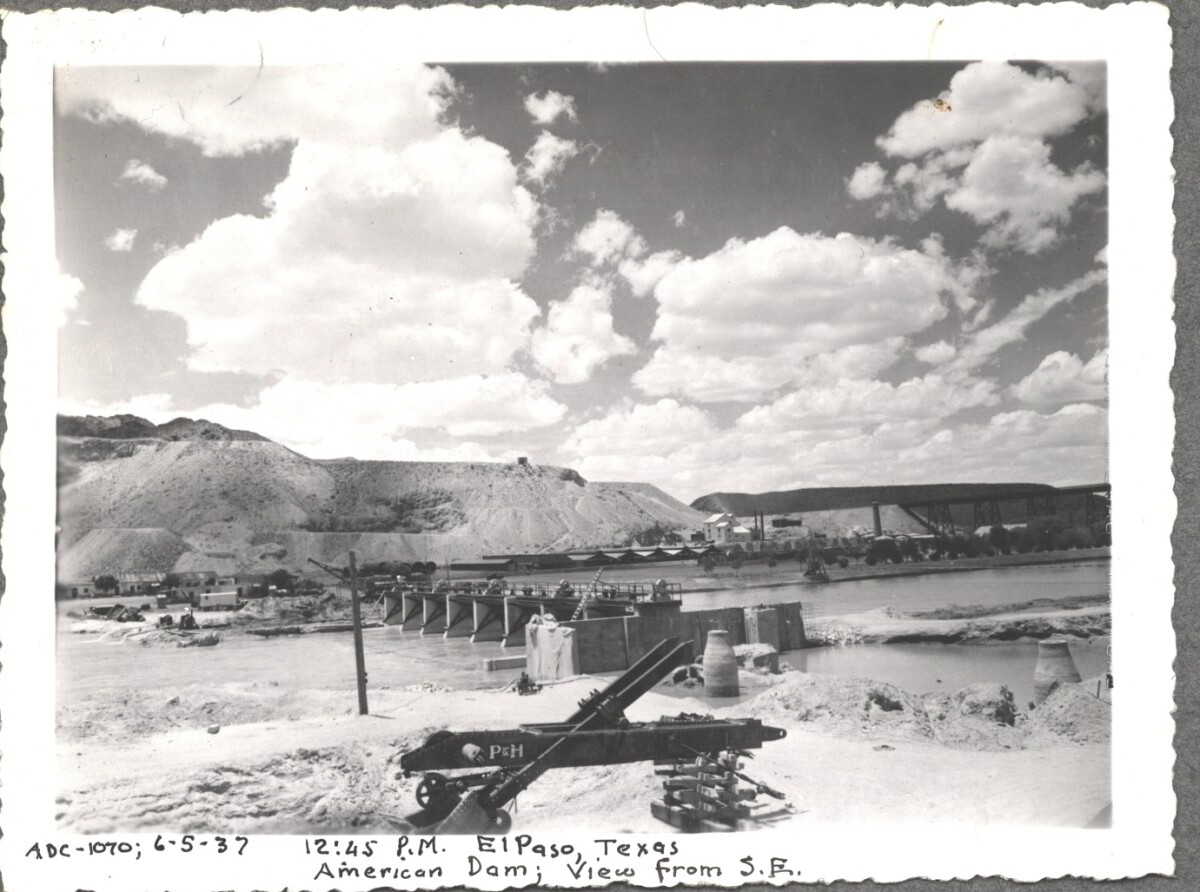

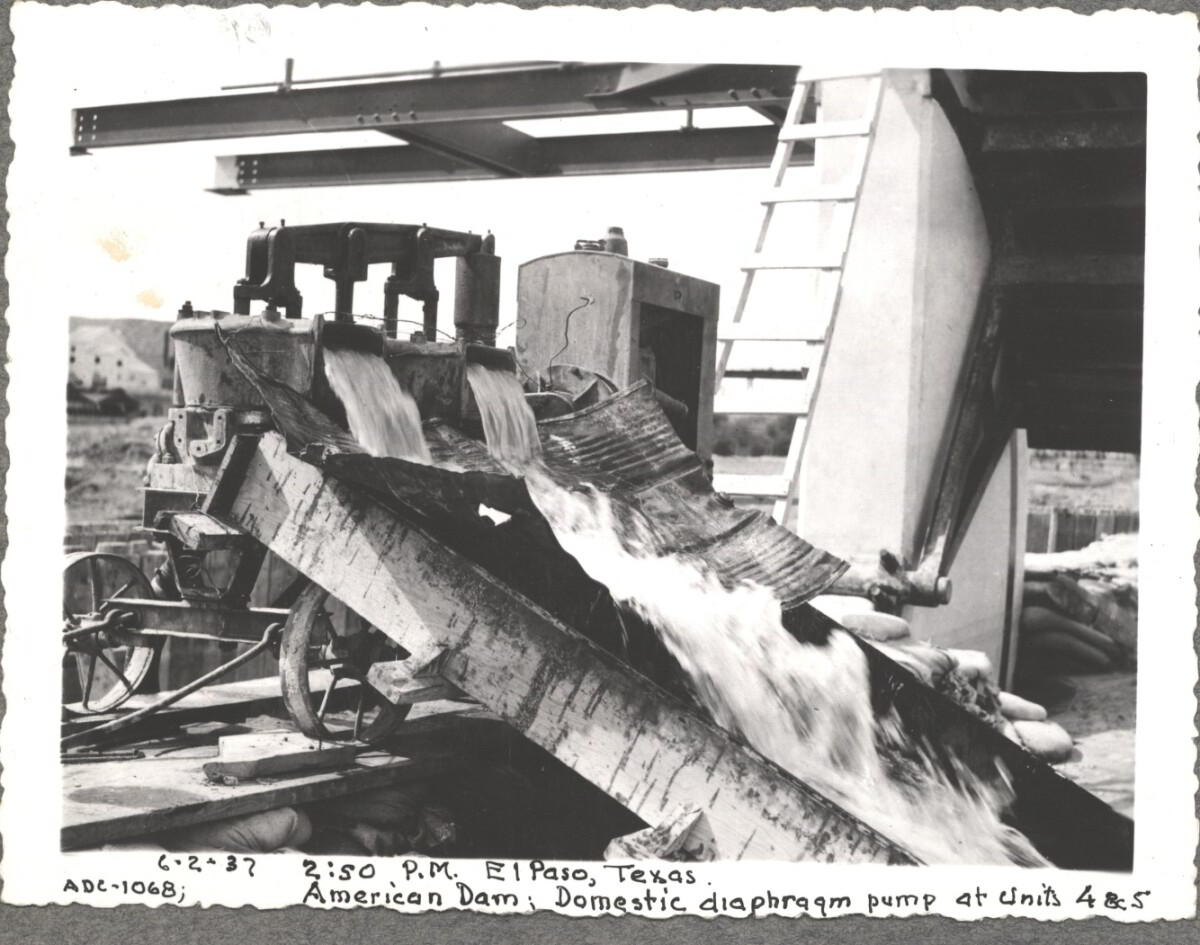
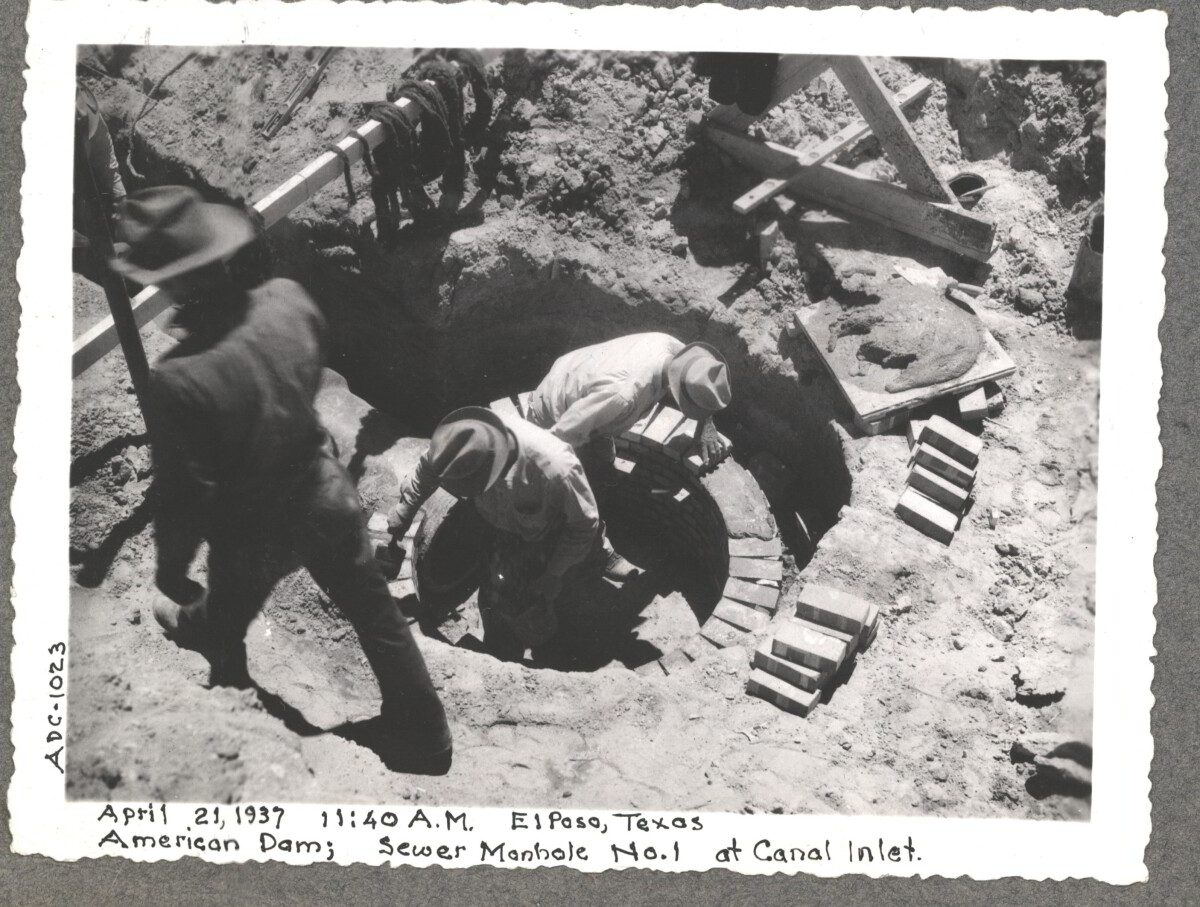
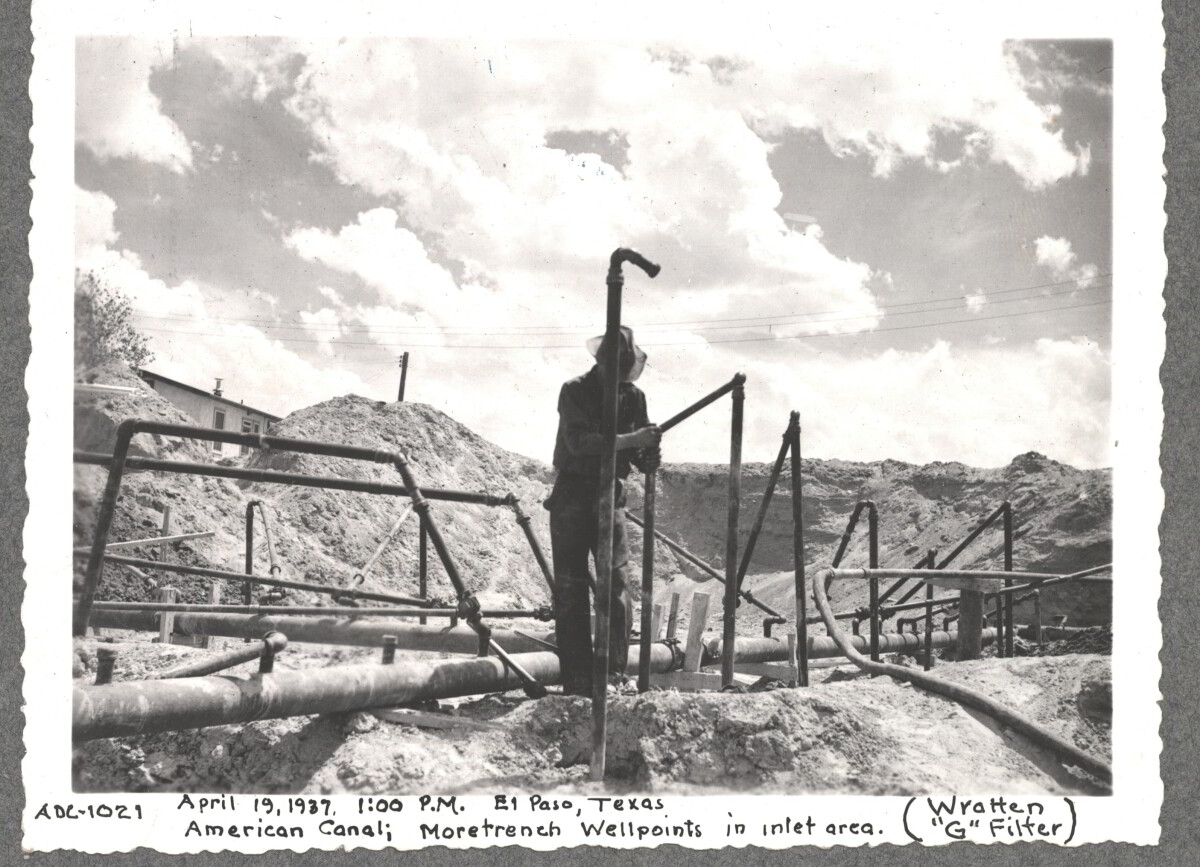
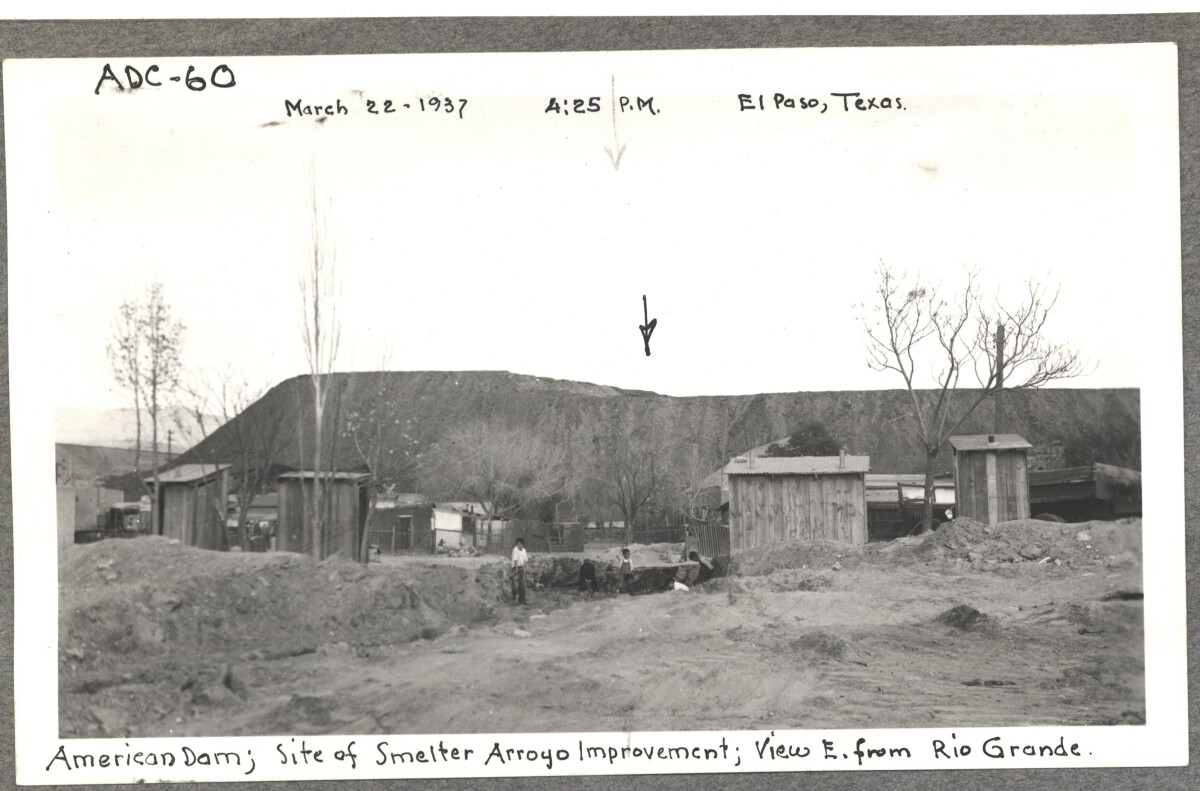
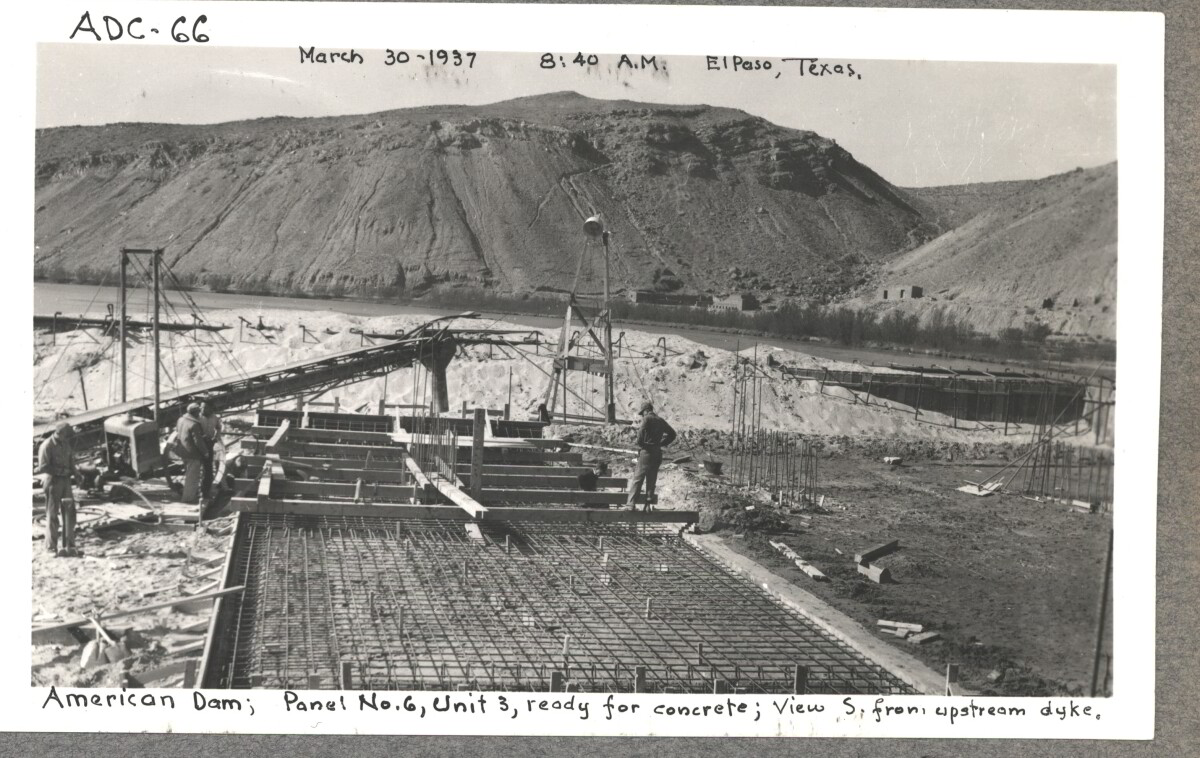
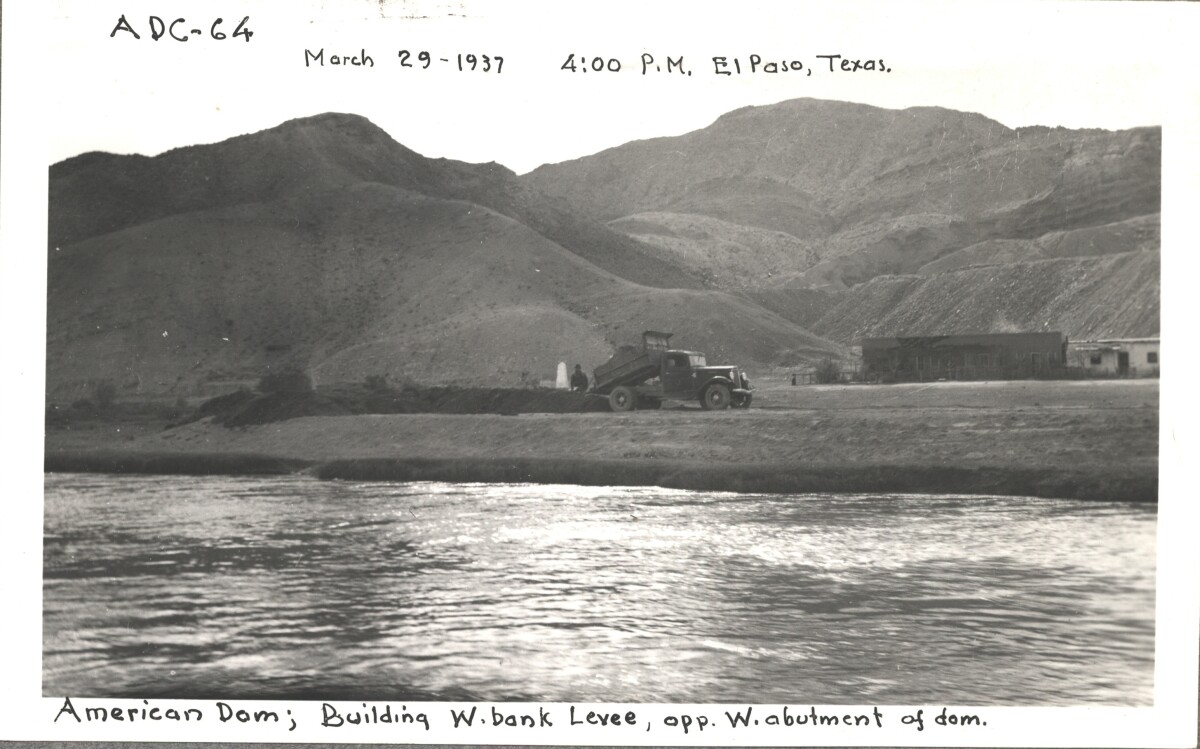
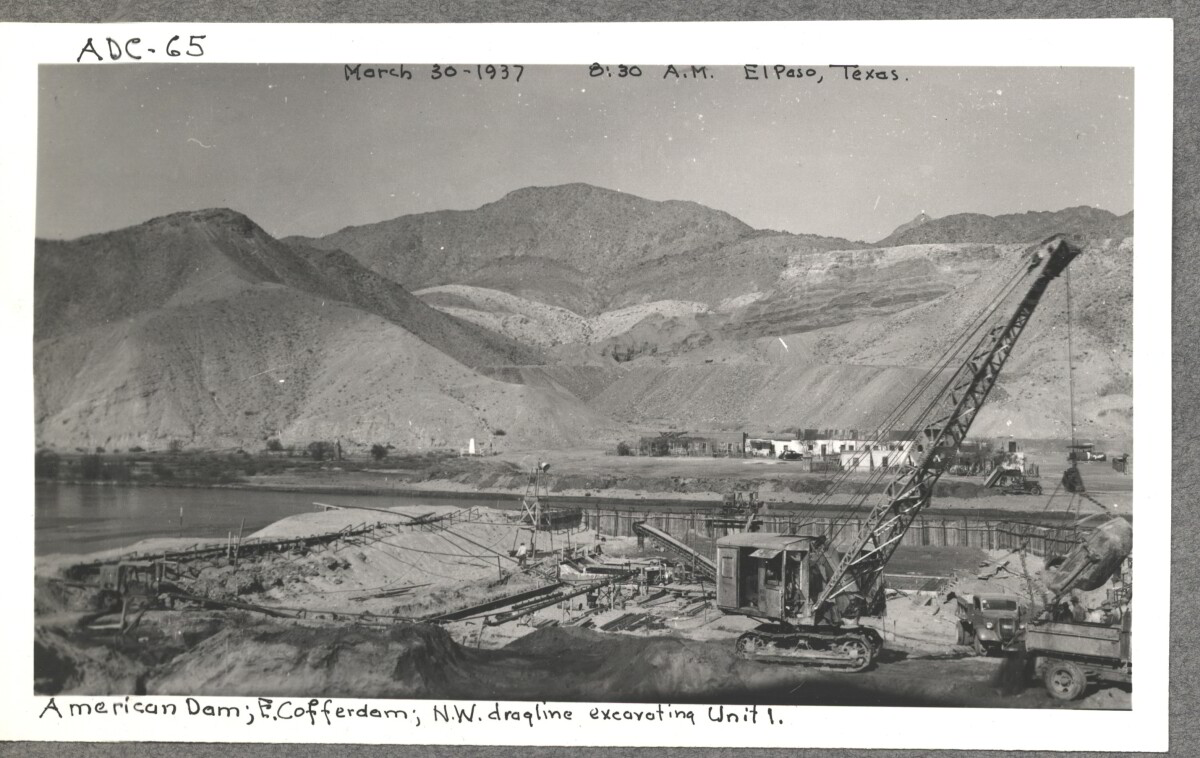
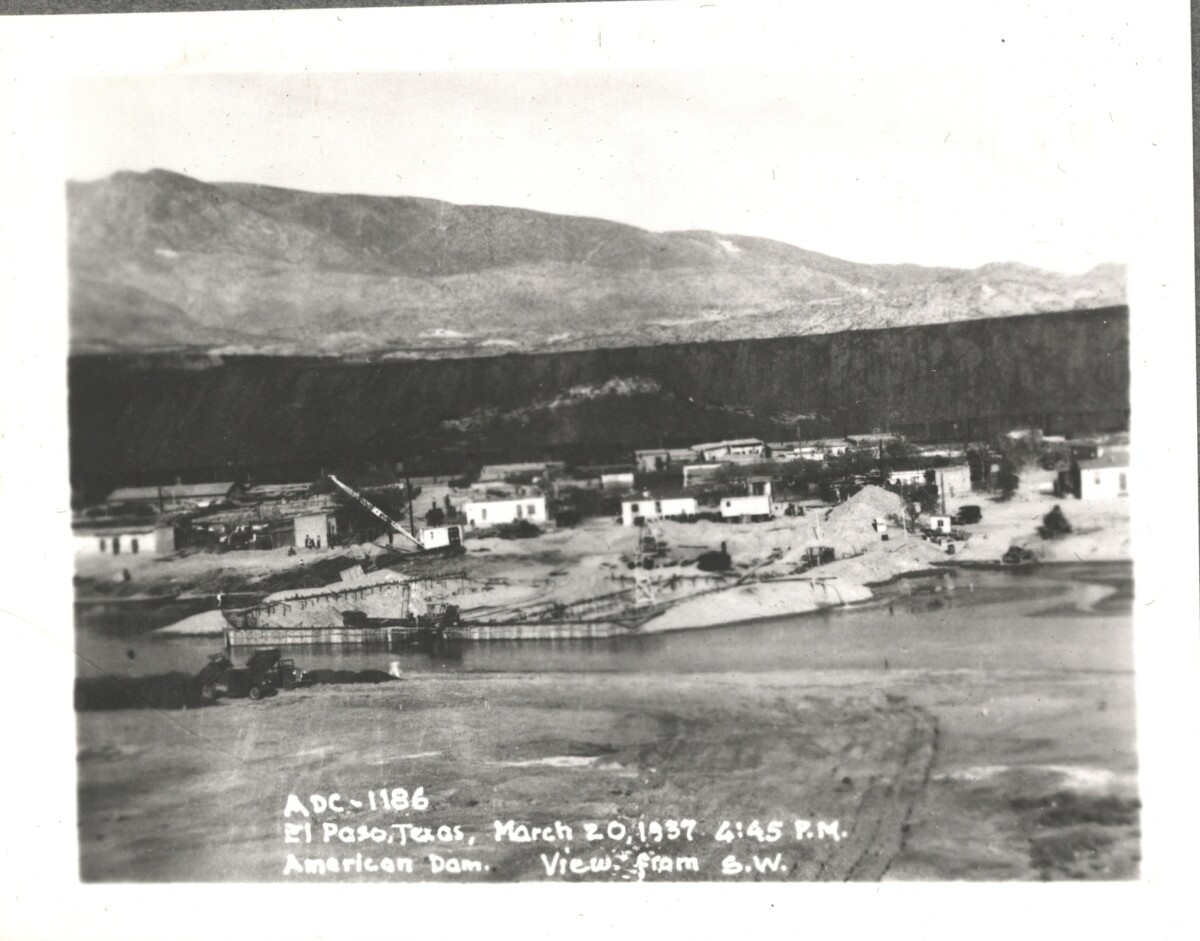
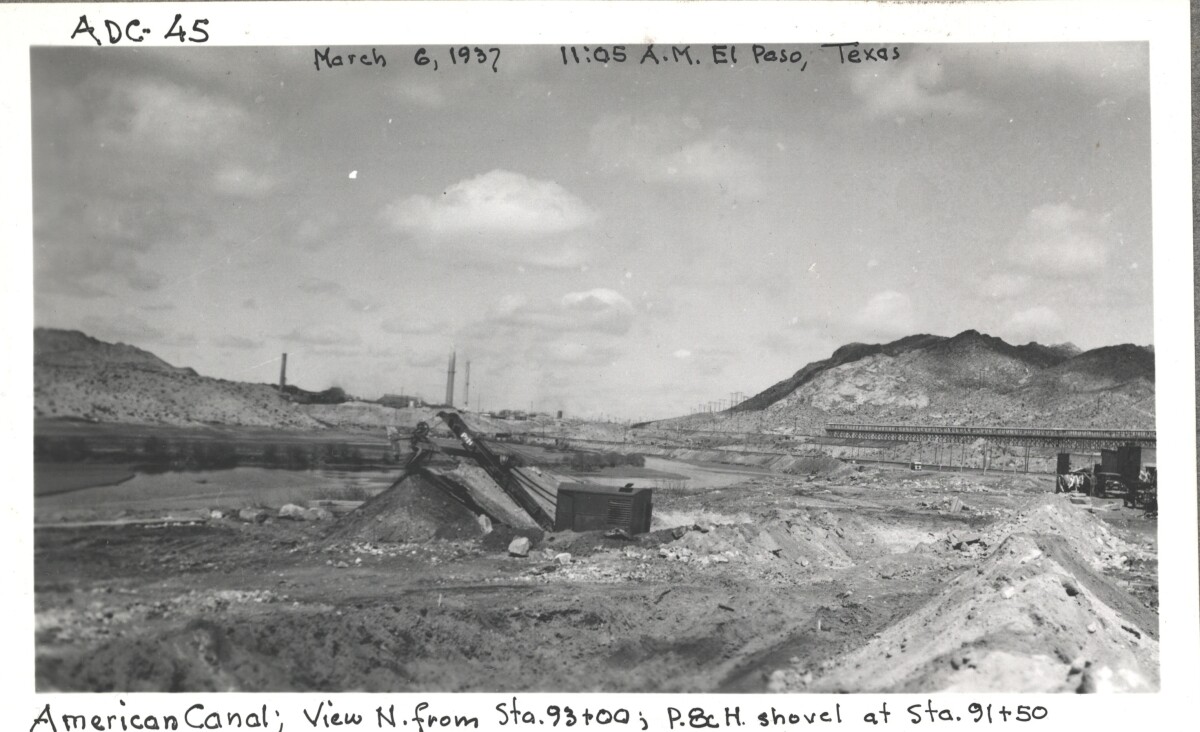
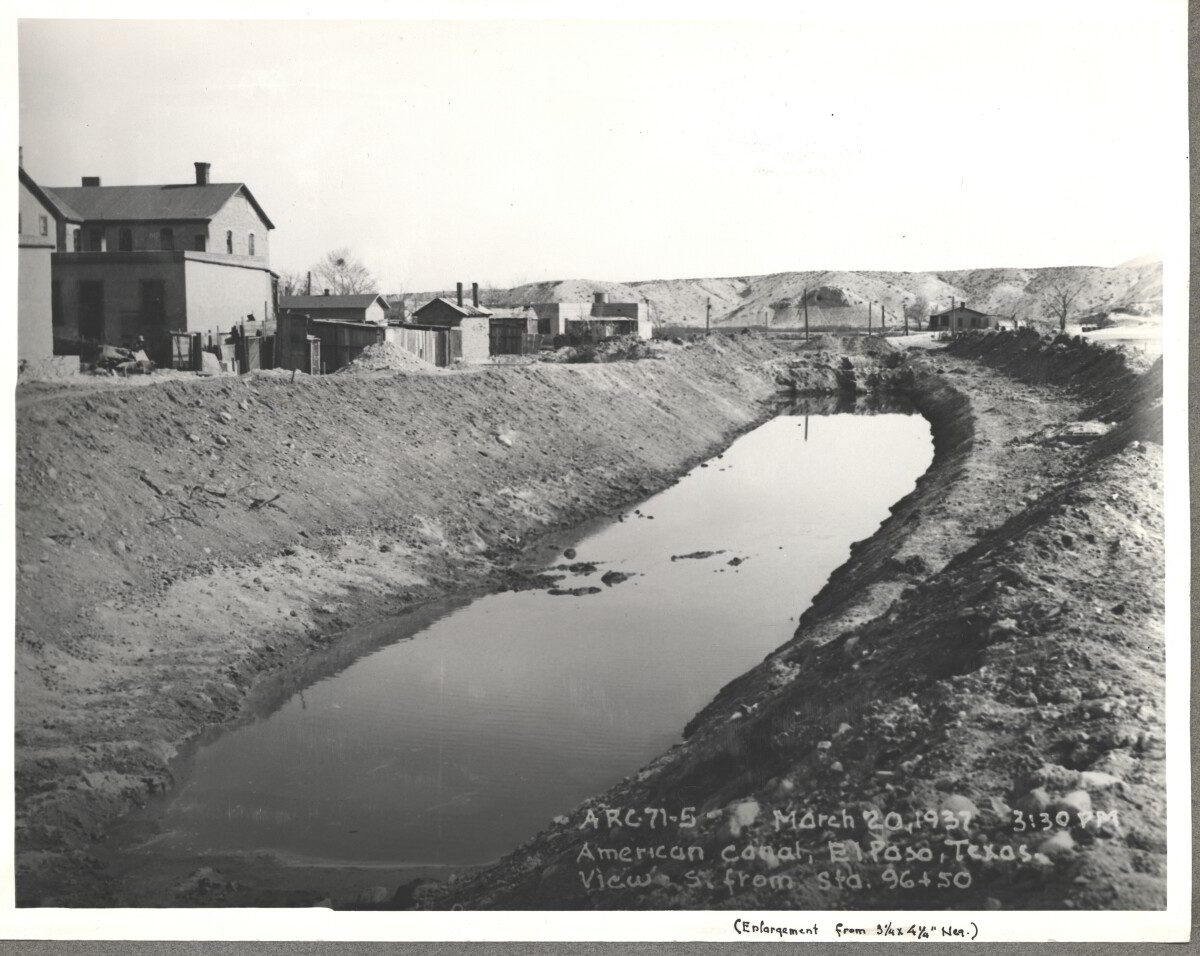
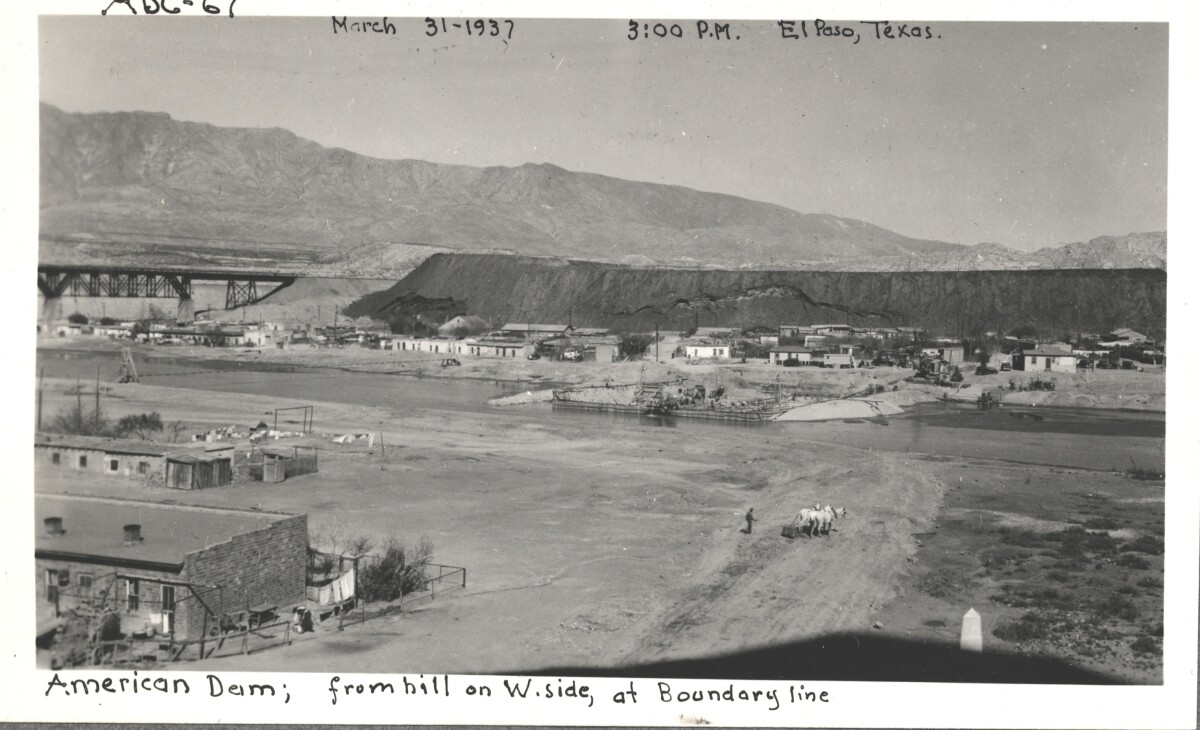
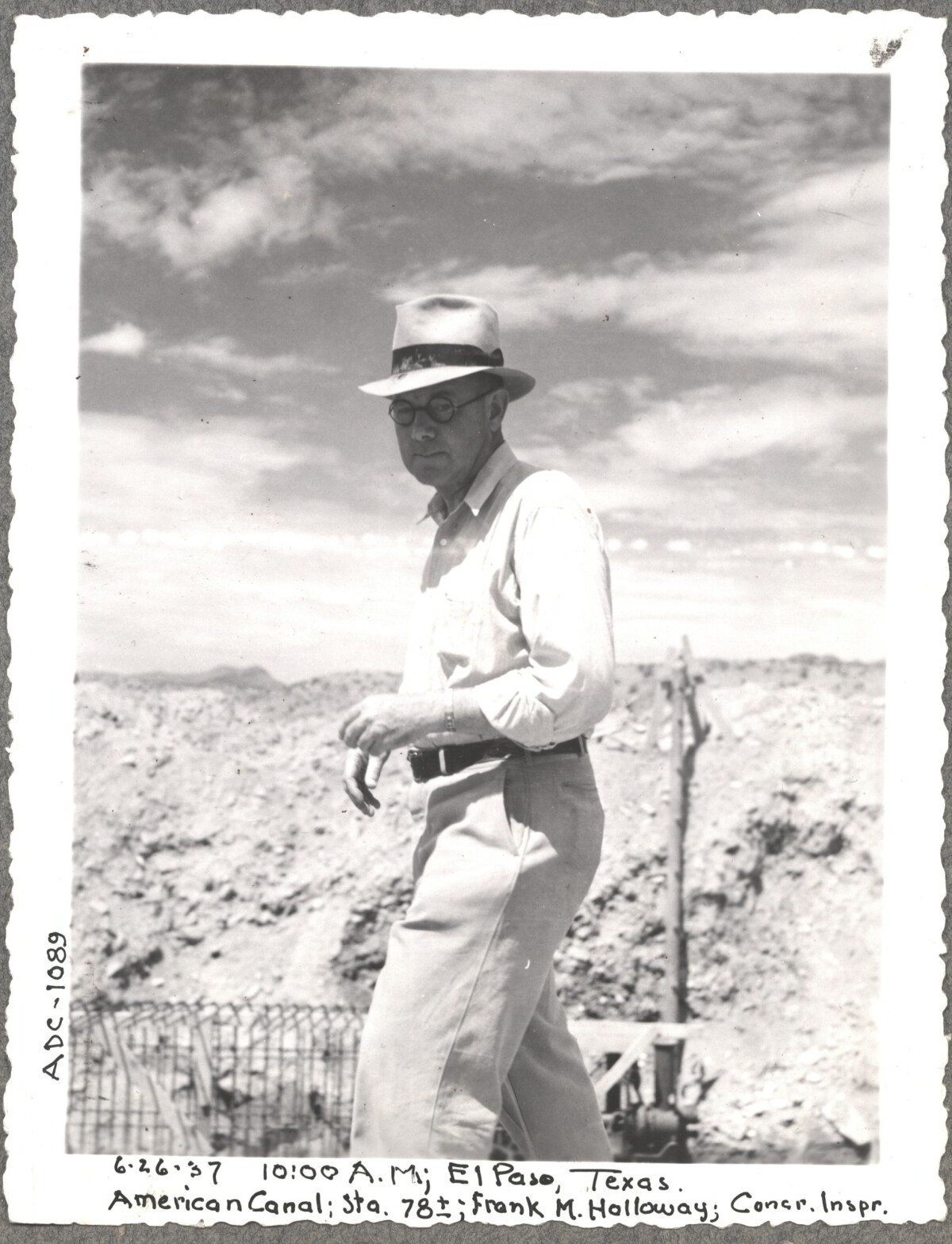
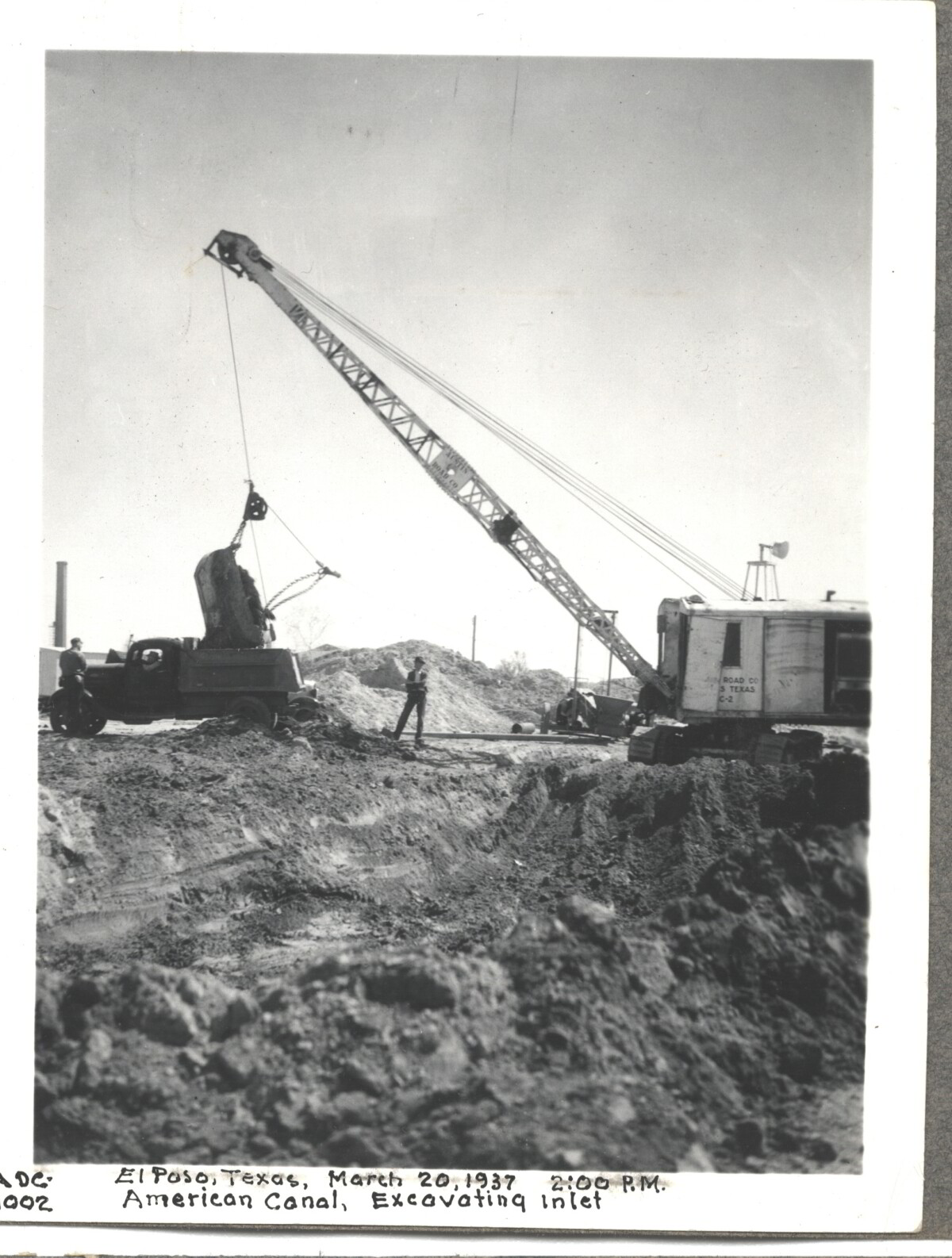
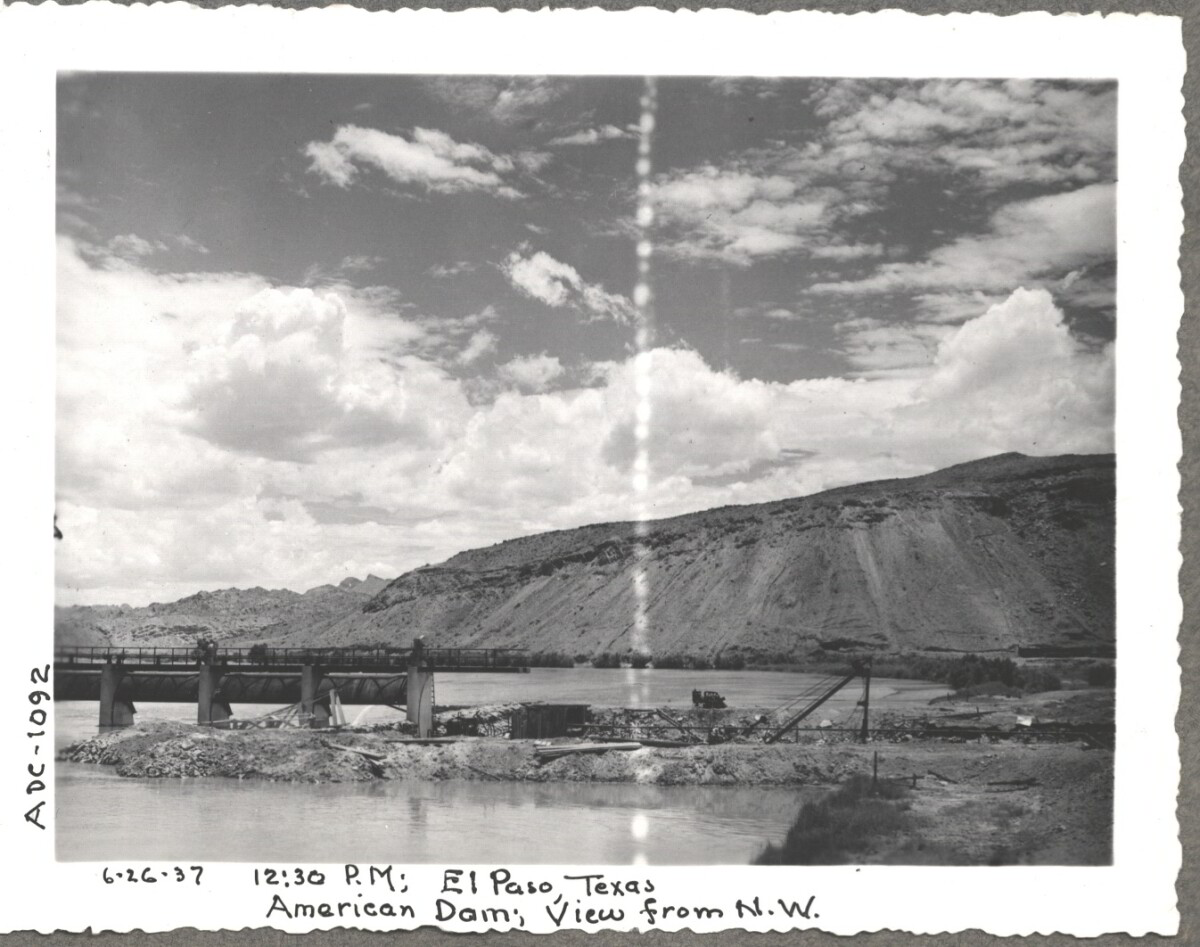
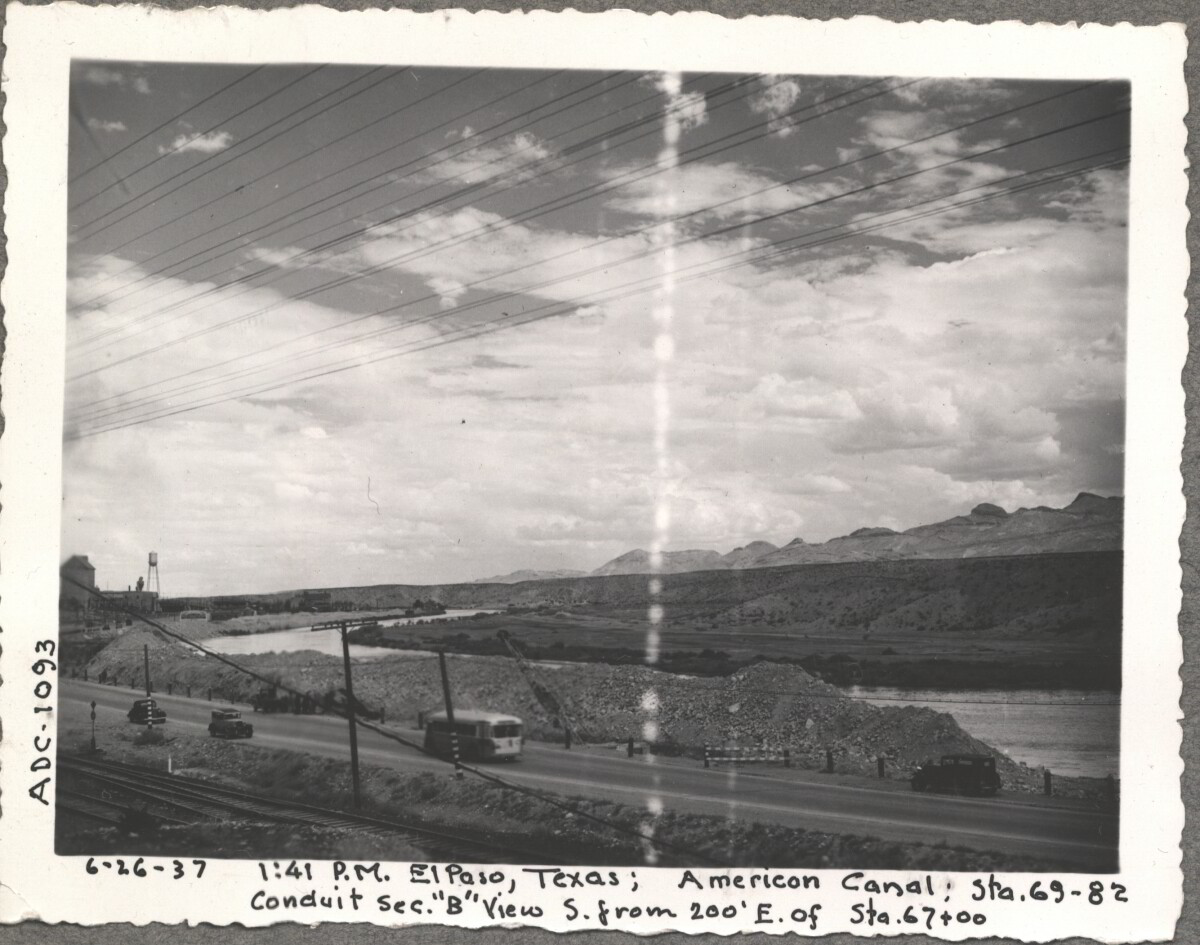
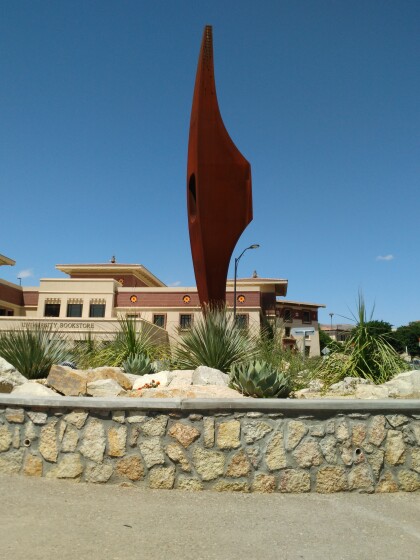

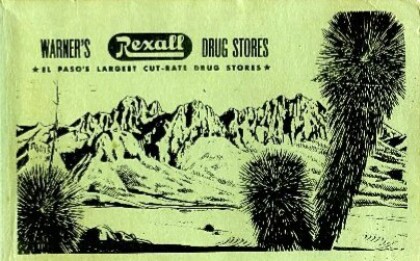
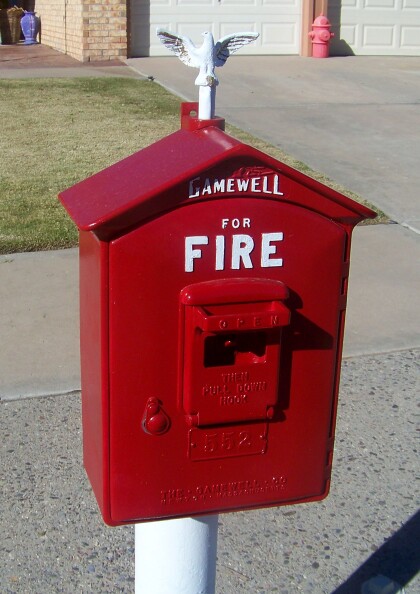
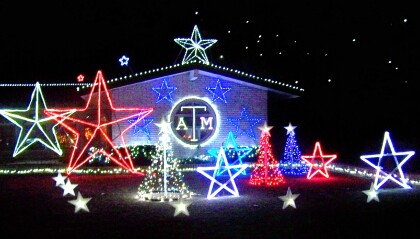
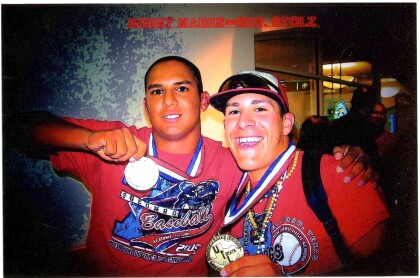
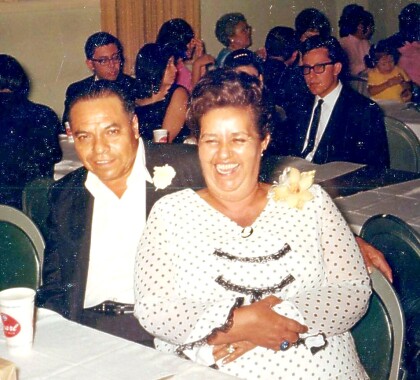






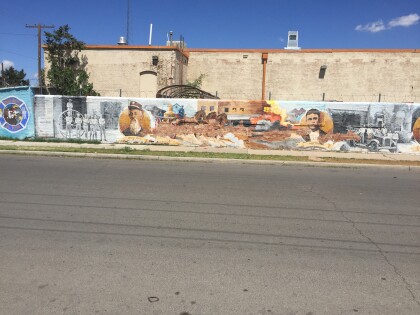


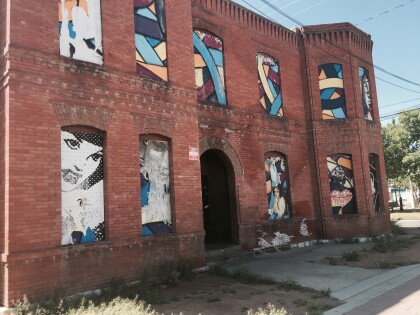
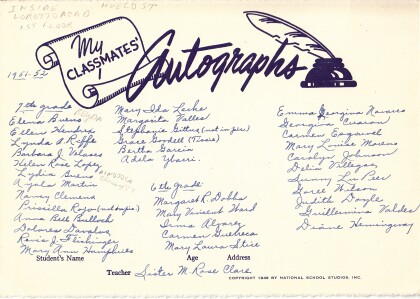
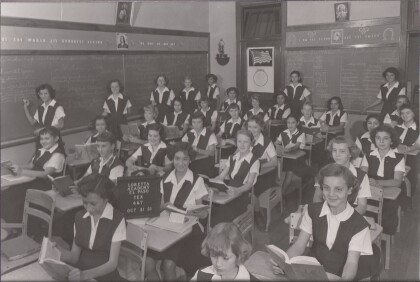
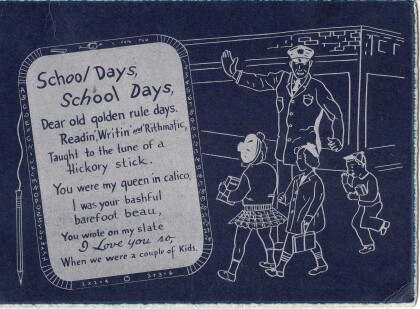
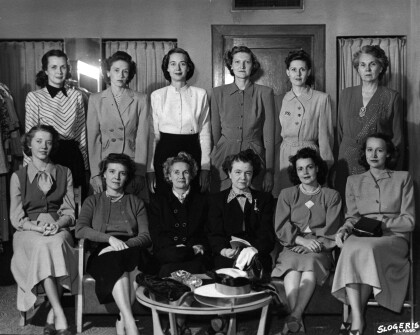

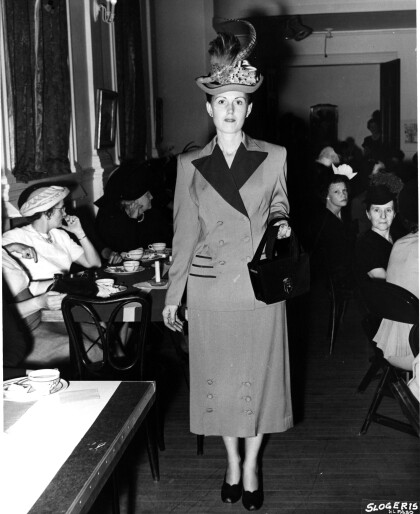
Comentarios
Hacer un comentario